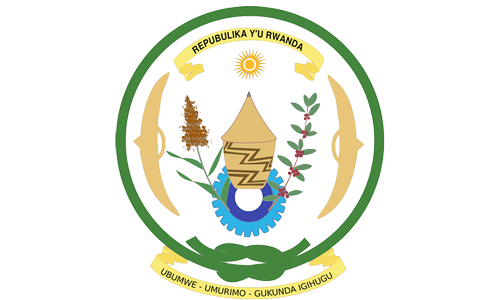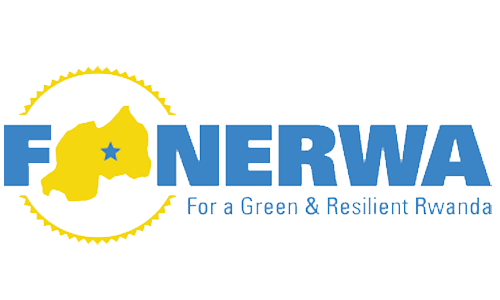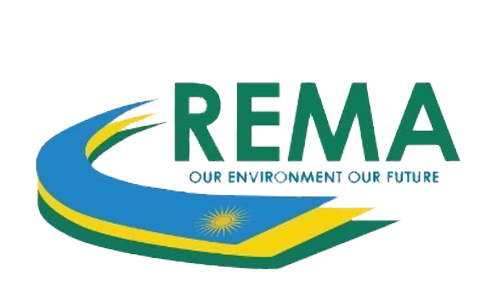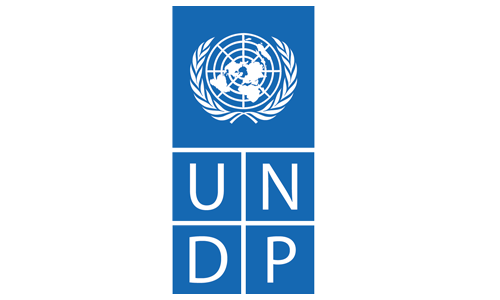
We are a dynamic and forward-thinking team dedicated to promoting efficiency in the built environment. Comprised of passionate individuals from diverse backgrounds, we bring together a wealth of expertise in architecture, engineering, sustainability, and urban planning.
Promoting efficiency in the built environment.
Engaging, interacting, exchanging, and applying the lessons learned to the practices of today to better people's lives, environmental stewardship, and the prospects of a prosperous future.





Observing birds flying in a V formation provides valuable insights into teamwork, leadership, communication, and resilience, which can be applied to various aspects of human endeavors.
Embracing a collaborative and systematic approach to the built environment can help create healthier, more livable communities, drive economic growth, and contribute to a more sustainable future.

Birds flying in a V formation, also known as a Vee, Skein, a symmetric V- or chevron-shaped flight formation exhibit several advantages that contribute to their overall efficiency and survival. Here are 10 benefits of birds flying in V formation:
Shared Vision: Birds flying in a V formation share a common vision of reaching their destination. This underscores the importance of having a shared vision or goal that unites team members and guides their collective efforts.
Overall, the lessons learned from birds flying in a V formation emphasize the importance of teamwork, leadership, communication, adaptability, trust, resilience, and shared vision in achieving success both in nature and in human endeavors.